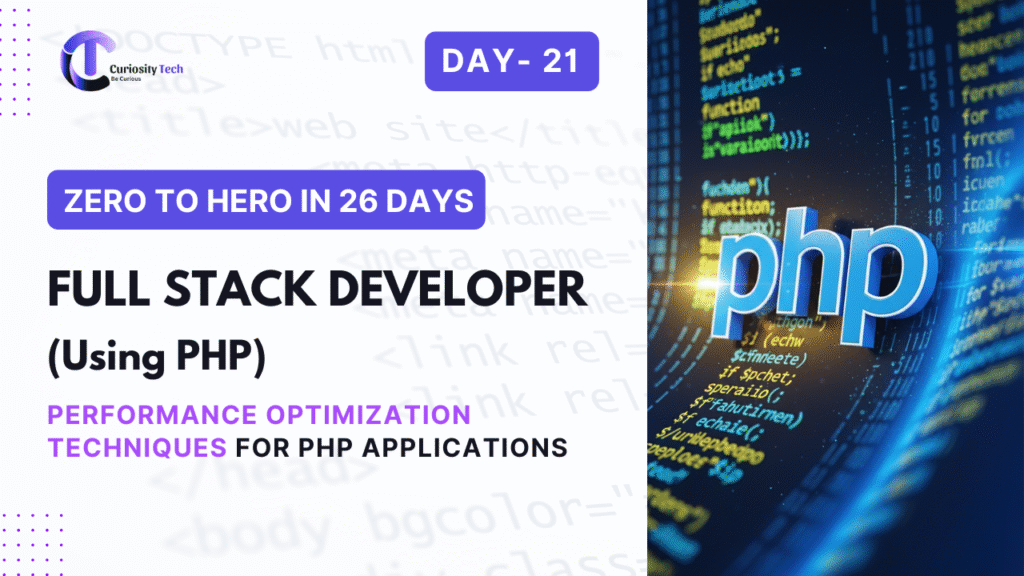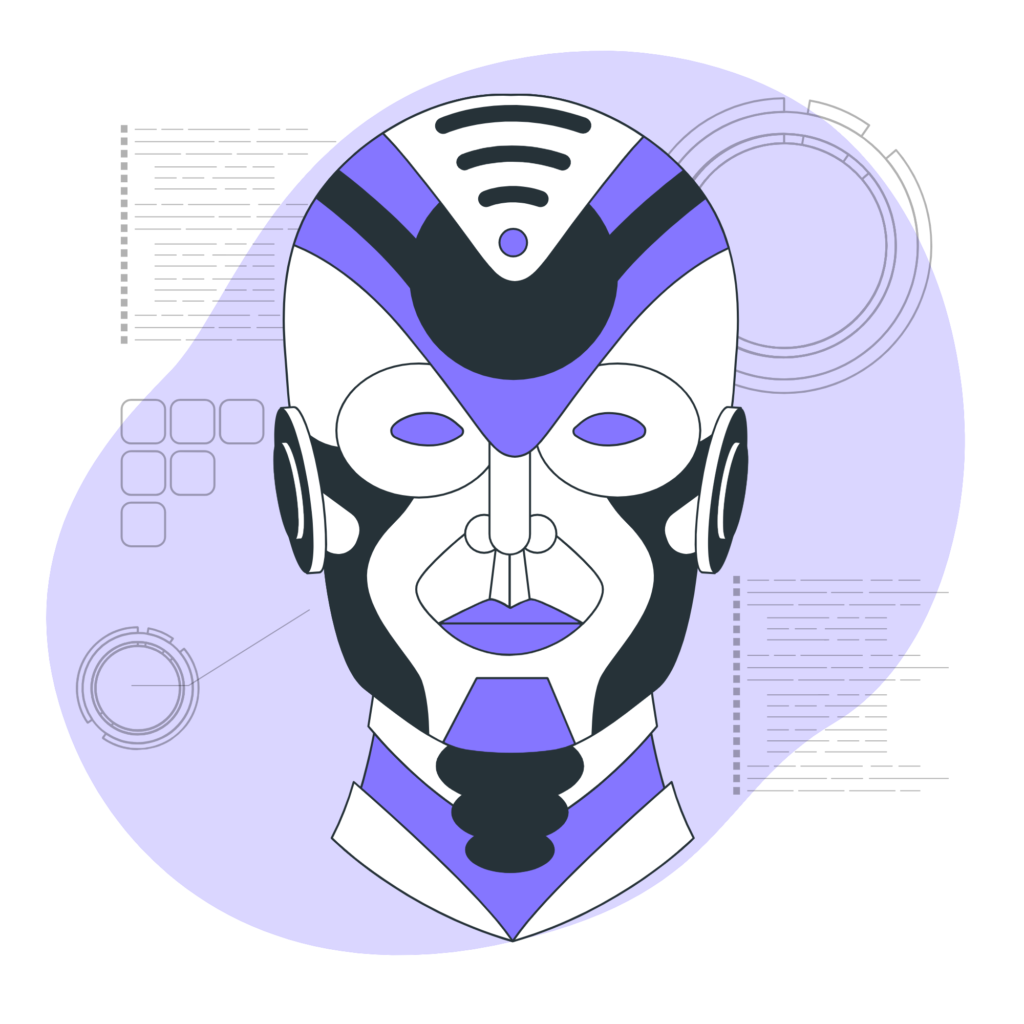Introduction
On Day 21, we focus on performance optimization for PHP applications, a critical aspect of Full Stack Development. Optimized applications load faster, handle more users, and provide a smoother experience, which is crucial for professional web applications like e-commerce stores, dashboards, and dynamic content platforms.
At CuriosityTech.in, learners implement caching, query optimization, code refactoring, and server-level performance improvements, ensuring their PHP and Laravel applications are fast, efficient, and scalable.
1. Common Performance Bottlenecks in PHP Applications
| Bottleneck | Description |
| Slow Database Queries | Inefficient SQL statements or unindexed columns |
| Large File Sizes | Heavy images, scripts, or stylesheets |
| Repetitive Computations | Recalculating data unnecessarily |
| Poor Caching | Not leveraging caching for static or repeated data |
| Inefficient Loops | Nested loops or unnecessary iterations |
| Session Overhead | Large session data stored inefficiently |
2. Database Optimization
- Use Indexes on frequently queried columns
CREATE INDEX idx_email ON users(email);
- Avoid N+1 Queries in Laravel:
// Inefficient
$orders = Order::all();
foreach($orders as $order){
echo $order->user->name;
}
// Optimized
$orders = Order::with(‘user’)->get();
- Use Pagination instead of loading all records:
$products = Product::paginate(10);
3. Caching Techniques
Laravel Cache Example:
$products = Cache::remember(‘products’, 3600, function () {
return Product::all();
});
- Database query results can be cached
- Views and API responses can also be cached
- Use Redis or Memcached for high-performance caching
4. Code Optimization
- Avoid redundant computations
- Use built-in PHP functions (e.g., array_map, array_filter)
- Reduce nested loops
- Optimize conditional statements
Example:
// Inefficient
$result = [];
foreach($items as $item){
if($item->active){
$result[] = $item;
}
}
// Optimized
$result = array_filter($items, fn($item) => $item->active);
5. Frontend & Asset Optimization
- Minify CSS, JS, and HTML
- Use Vite or Laravel Mix to bundle assets
- Optimize images for web (JPEG/PNG compression)
- Lazy-load images and videos
npm run prod
This ensures smaller files, faster load times, and better user experience.
6. Profiling & Monitoring
- Use Laravel Debugbar to identify slow queries and bottlenecks
composer require barryvdh/laravel-debugbar –dev
- Use Xdebug or Blackfire.io for in-depth profiling
Metrics to monitor:
| Metric | Tool |
| Response Time | Laravel Debugbar / Blackfire |
| Memory Usage | PHP Memory Profiling |
| Query Execution Time | Debugbar / SQL Logs |
| API Latency | Postman / Browser Dev Tools |
7. Hierarchical Diagram: PHP Performance Optimization Workflow
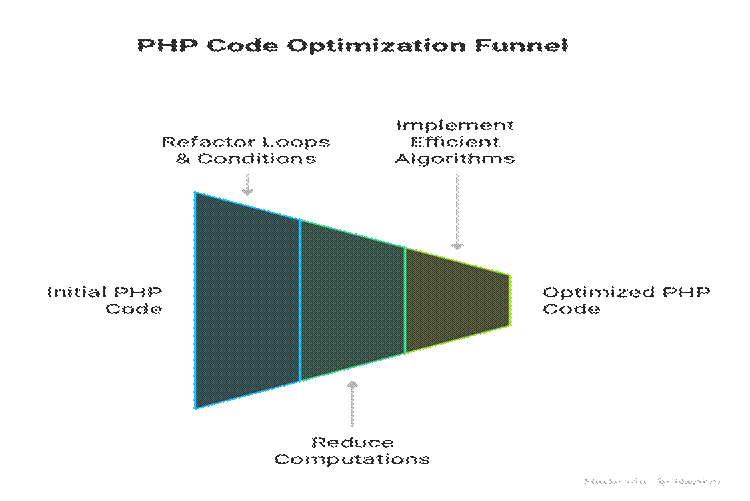
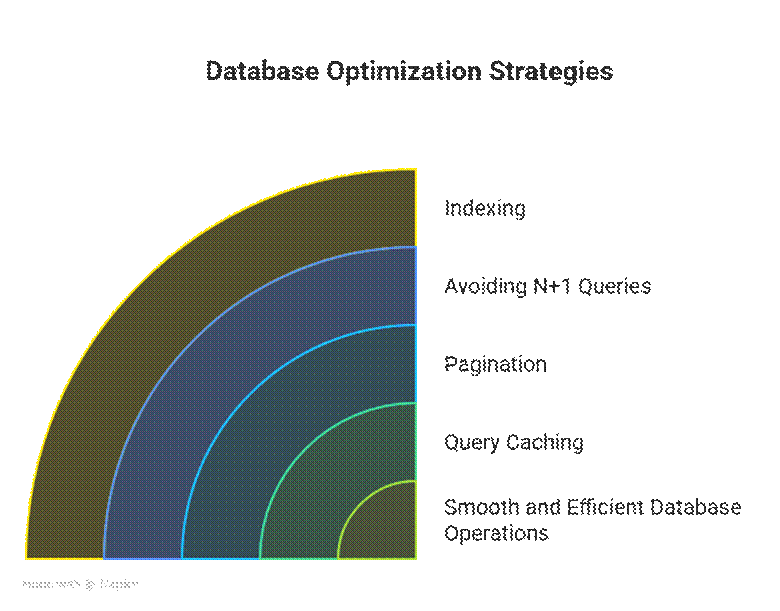
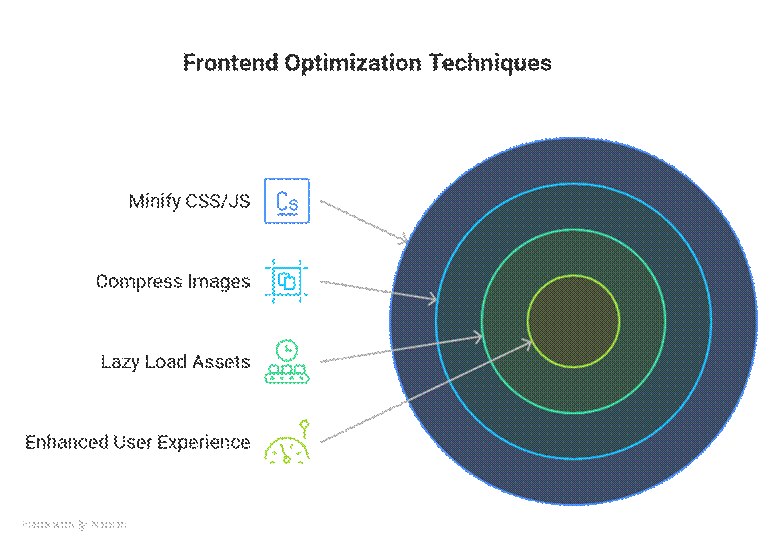
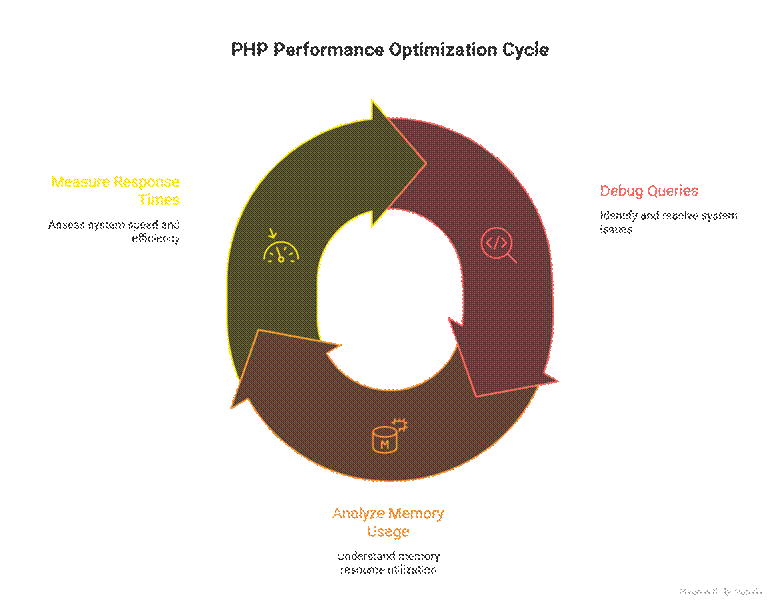
8. CuriosityTech.in Perspective
At CuriosityTech.in, learners apply performance optimization techniques to real-world projects, such as online stores, dashboards, and blogs.
By mastering optimization, developers can:
- Improve user experience with faster load times
- Handle higher traffic without server crashes
- Maintain scalable applications ready for professional deployment
Practical exercises include optimizing Laravel queries, caching API responses, and asset compression.
9. Infographic Concept: Key Performance Tips
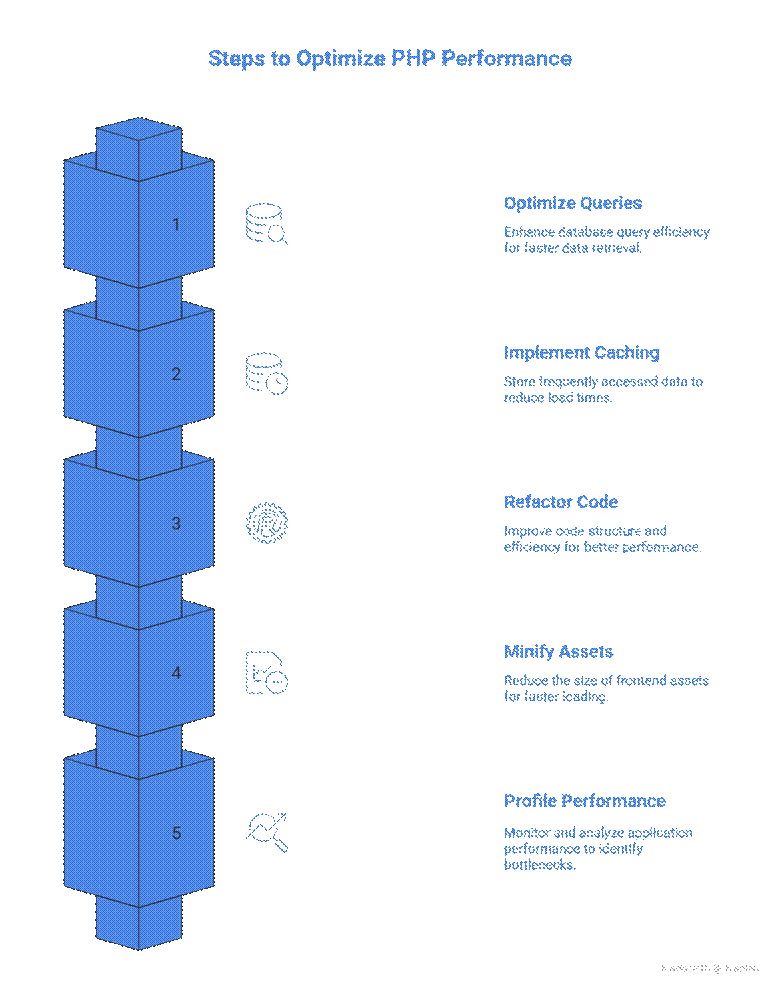
Conclusion
Performance optimization is a vital skill for Full Stack PHP Developers. Today’s lesson equips learners to identify bottlenecks, improve efficiency, and create fast, scalable applications. Mastery of these techniques ensures professional-level PHP applications ready for deployment and high user demand.
Tags:
P
Keywords:
l, Laravel performance tips, Full Stack PHP efficiency, CuriosityTech Laravel courses, Speed up PHP applications, Cache Laravel queries, Learn PHP 2025

